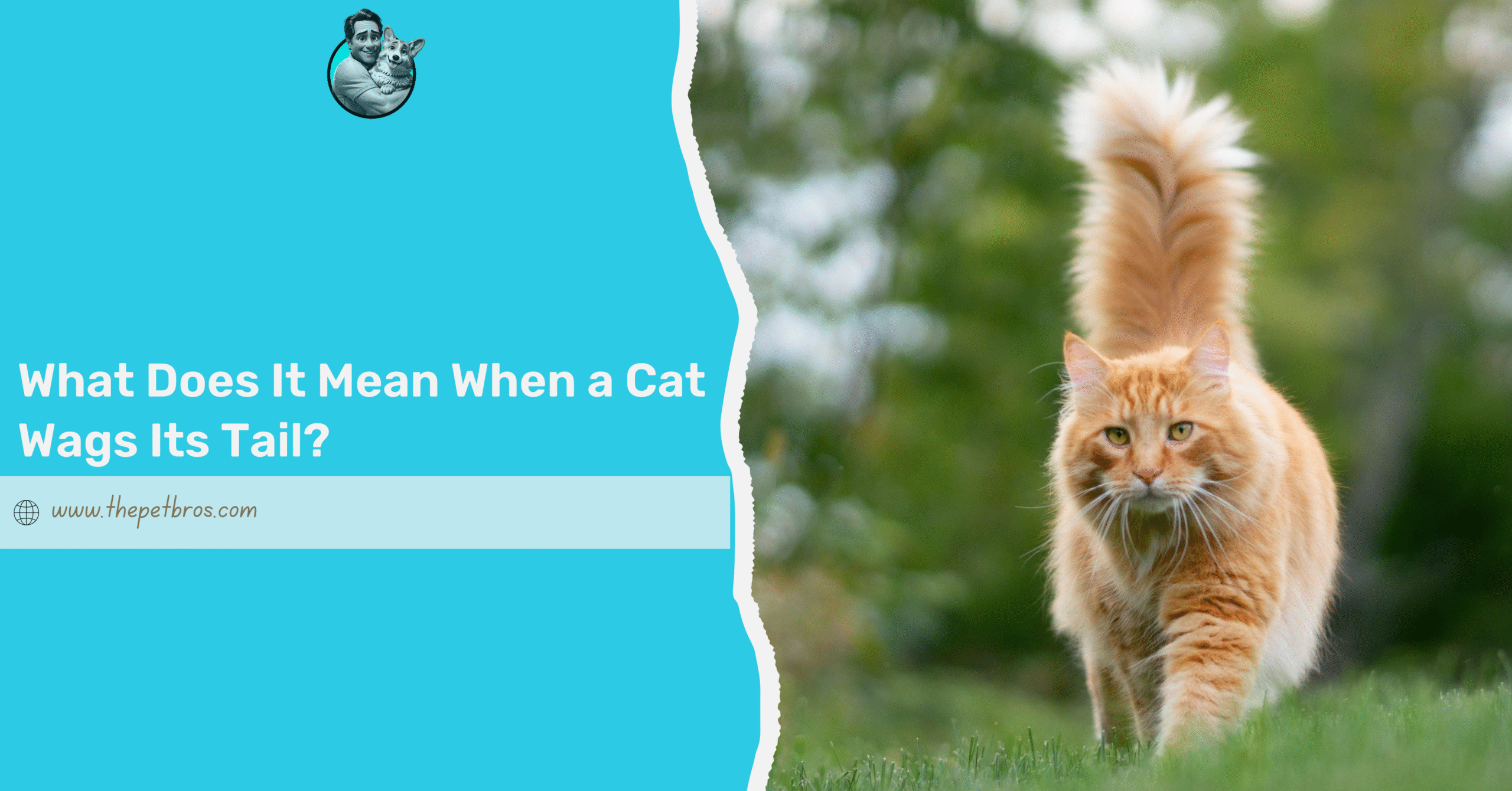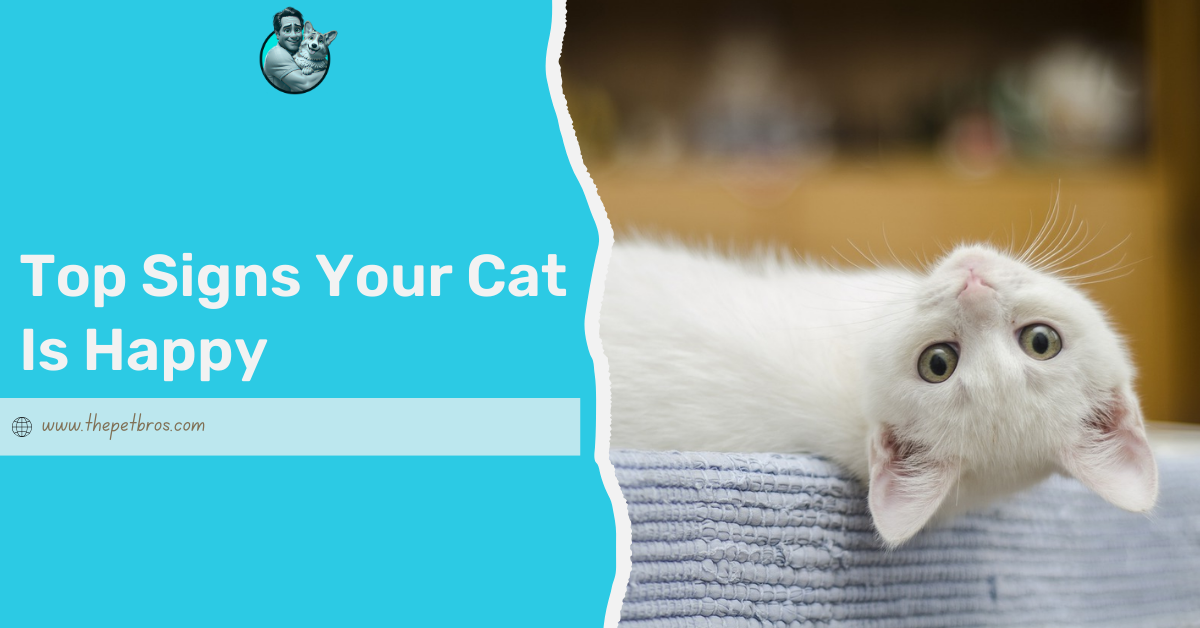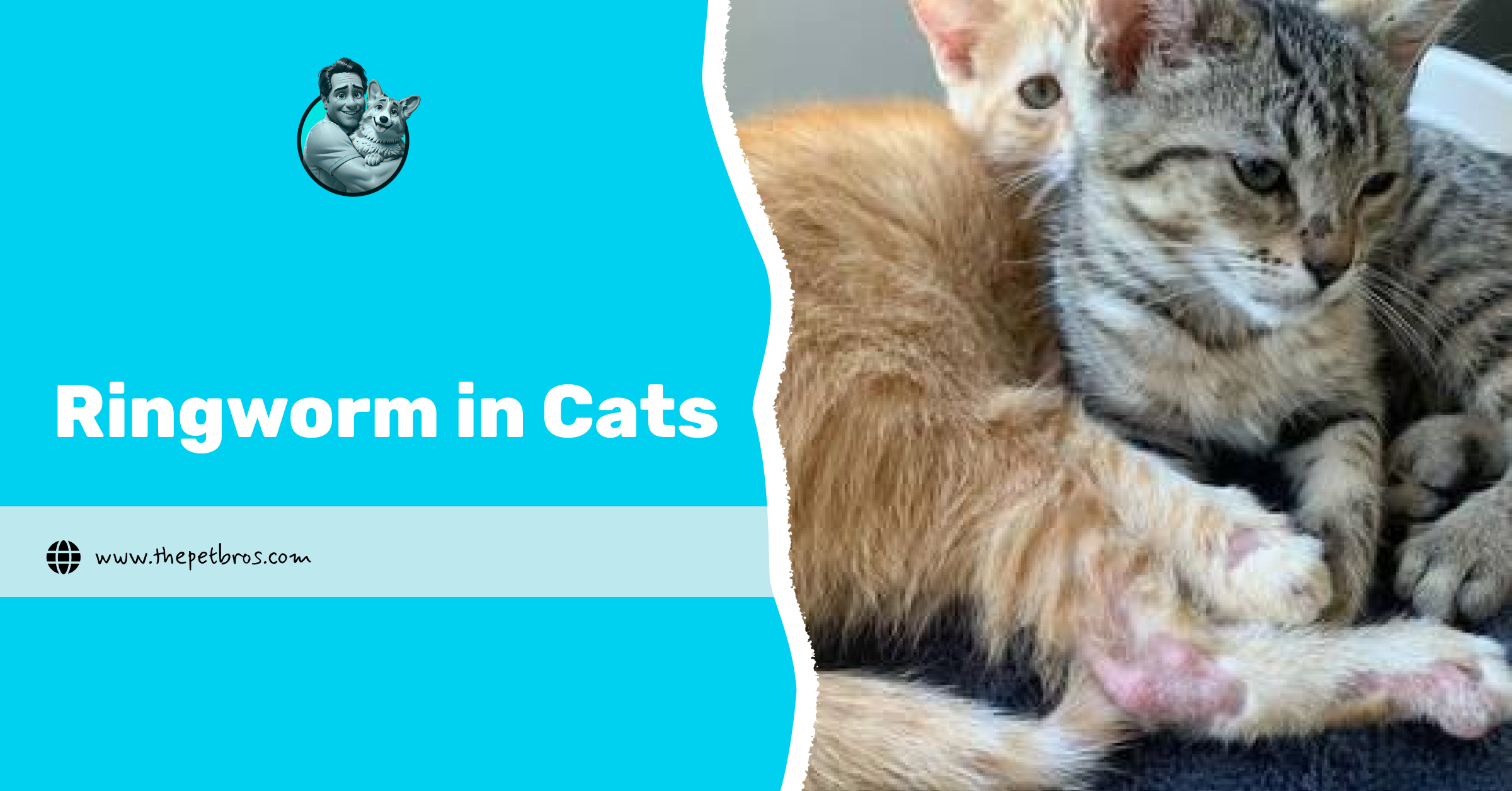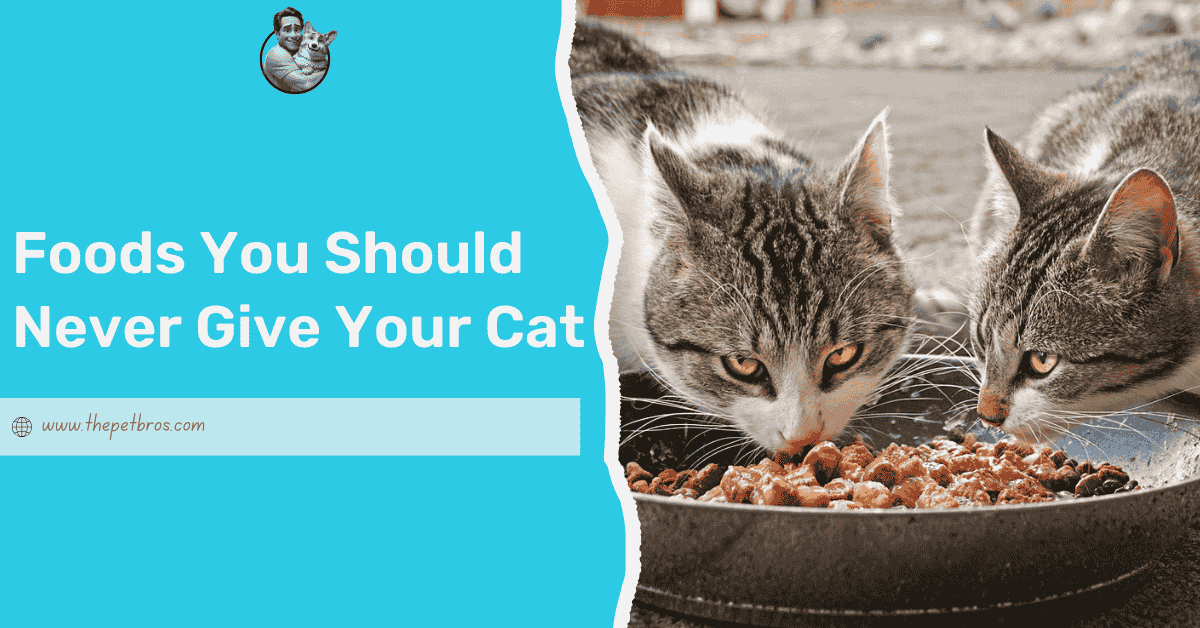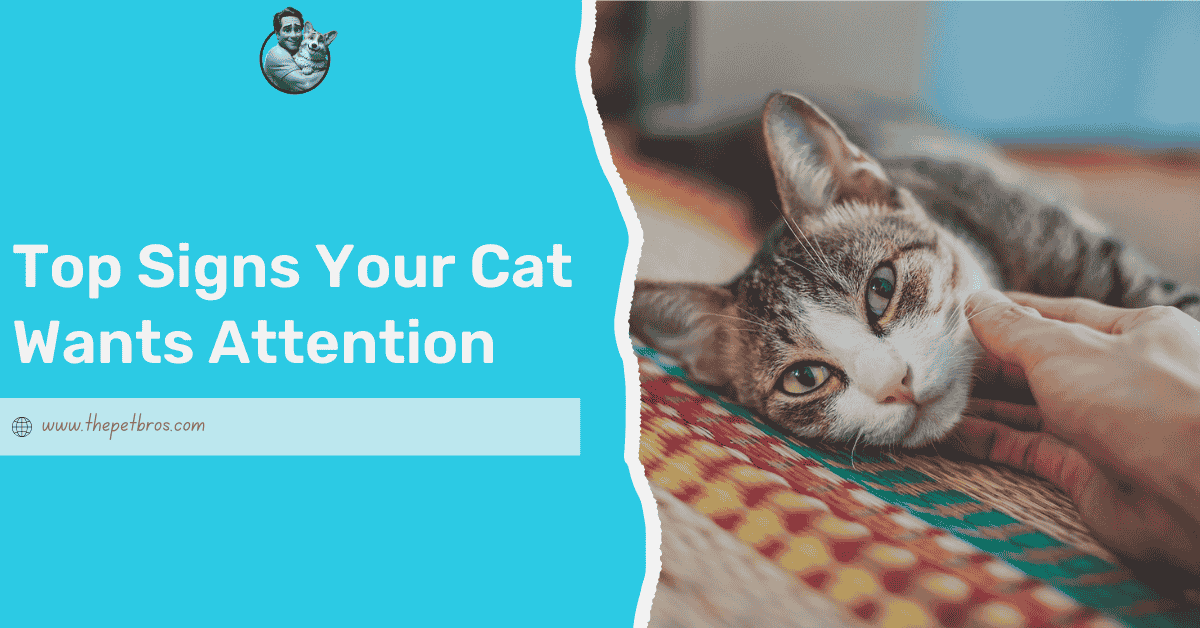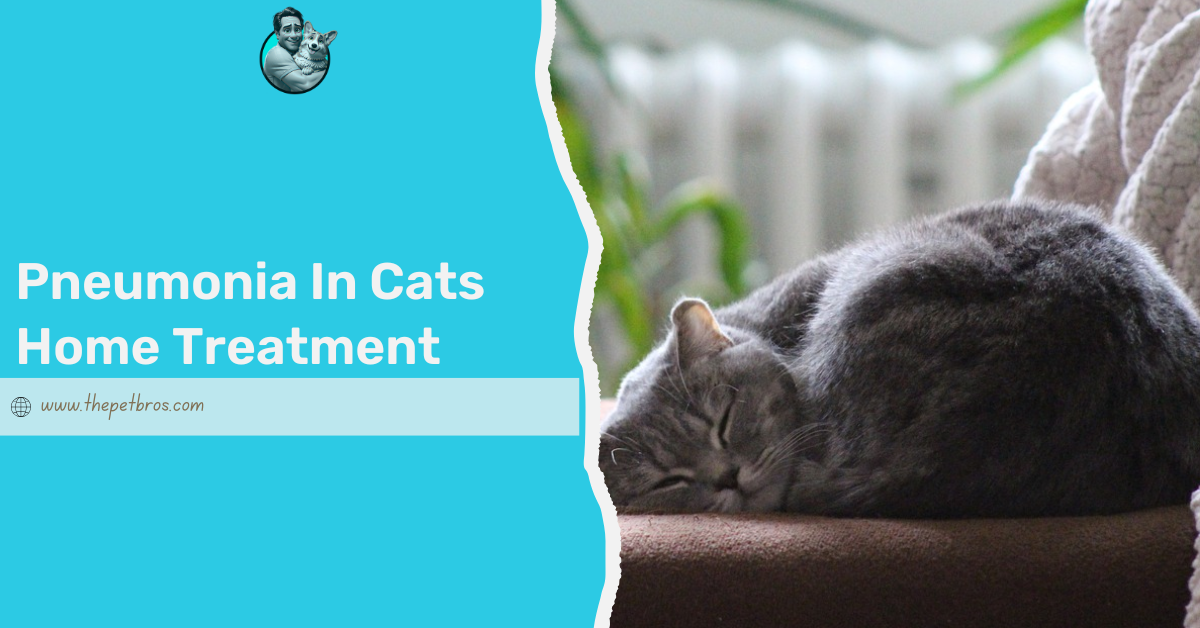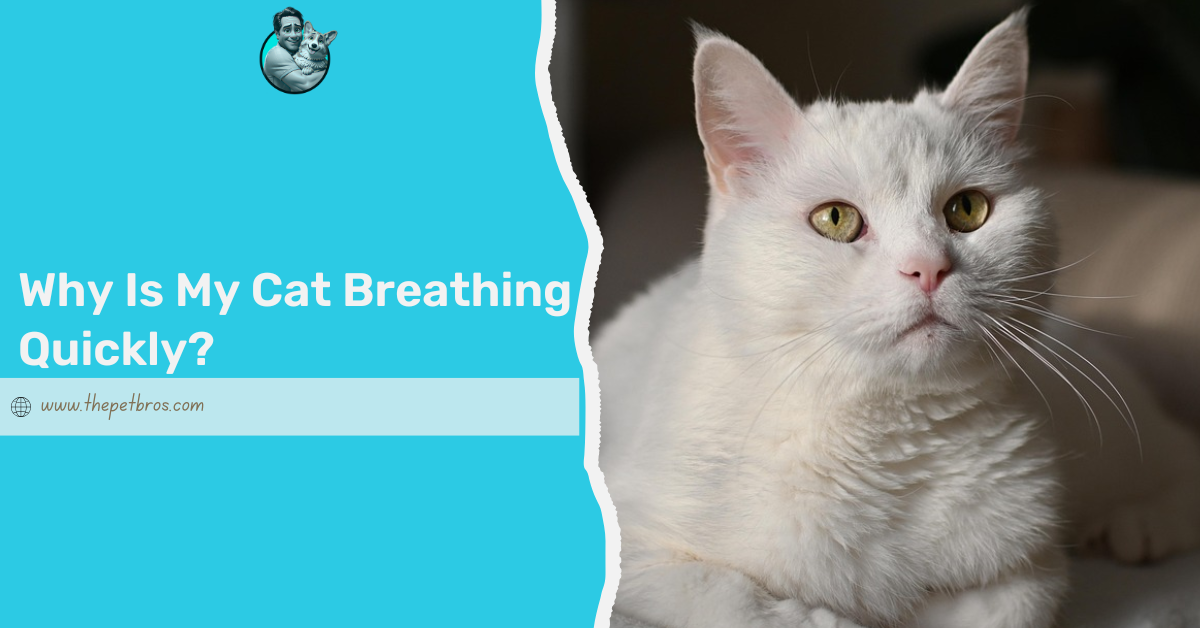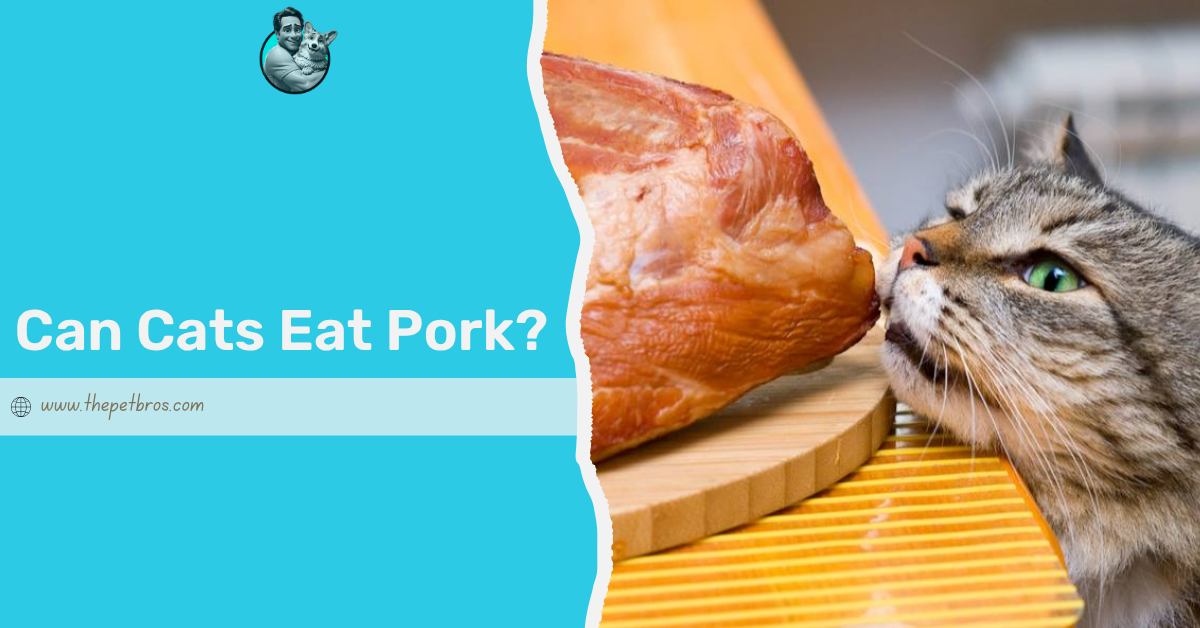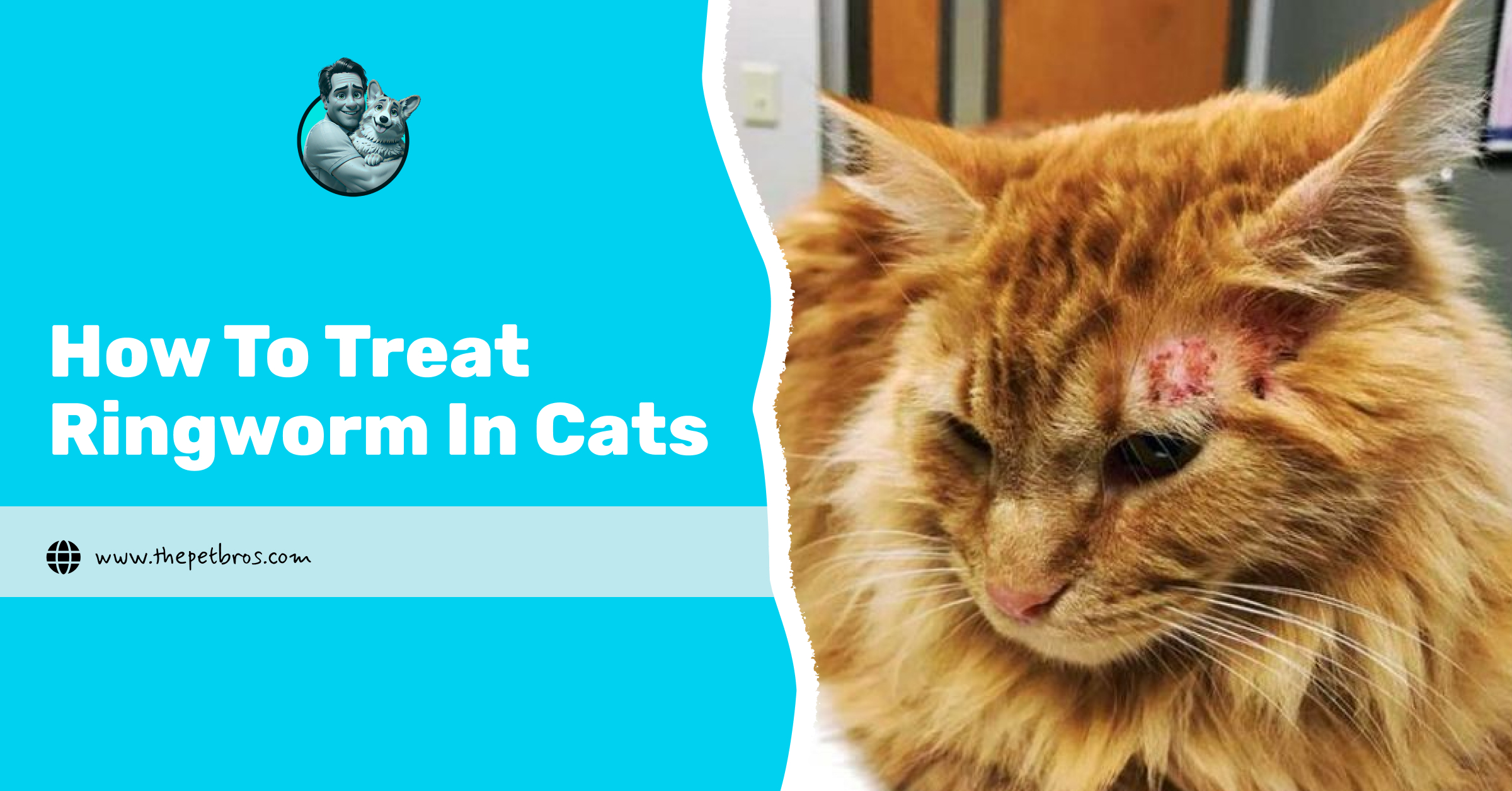You’ve probably caught your cat’s tail twitching in your direction and wondered, What does it mean when a cat wags its tail? Could it be a sign of happiness, irritation, or something else entirely? It turns out that those tail movements are a key part of how your cat communicates with you.
Cats don’t always vocalise how they feel, so understanding their body language, especially the tail, can reveal a lot about their emotions. Each movement of your cat’s tail communicates different messages. It’s up to you to decode this body language.
Keep reading while we break down what those tail wags mean and help you better understand your cat’s mood.
Understanding What It Means When Your Cat Wags Its Tail
1. Quick, Twitching Tail
When you notice your cat’s tail making these rapid movements, you know it carries meaning. Cats use this motion to signal agitation or rising irritation. Think of the times you’ve spotted your cat by the window watching birds, or even when they’ve had enough fussing for one afternoon.
The tip of the tail would flick back and forth quickly, almost as if your cat is holding back a bigger reaction. This behaviour is your cat’s early warning system. It shows that they’re on edge, or their patience is running low.
If you keep petting or move too close, that twitch might quickly turn into a swat or a hasty retreat under the sofa. When you see it, you know it’s time to give them space or let them focus on whatever has caught their attention. Recognising this subtle signal is a simple way to avoid scratched hands.
2. Slowly Sweeping Tail
A slow, sweeping tail is the opposite of your cat’s twitching agitation. When your cat wags its tail, gliding it back and forth in a relaxed, deliberate move, you’re watching deep concentration in action. This movement often occurs when your cat has locked eyes on something fascinating, such as a lizard outside.
Unlike the quick-twitching tail that tells you to back off, this tail movement is a sign your cat is sizing things up. They might be in the middle of deciding whether to pounce, play, or simply observe.
It’s a display of the feline strategy: calculating, curious, and completely absorbed in the moment. If you spot your cat’s tail moving like this, you might as well stop whatever you’re doing and join them because they are in their element.
3. Tail Flicking from Side to Side
What does it mean when your cat flicks its tail from side to side? Simply put, it’s not just a random movement but a clear warning. This movement usually signals that your cat is annoyed, frustrated, or on the verge of losing their patience. This one is abrupt, forceful, and almost impossible to miss.
You might notice this behaviour if you’re trying to stroke your cat while they’re already preoccupied, or if you’ve overstayed your welcome. The more vigorously that tail moves, the more your cat is telling you they’ve had enough. Sometimes, this flicking starts gently and grows in intensity.
Cats use this body language to set boundaries and protect their own space. The message couldn’t be clearer: give them a bit of breathing room and everyone stays happy. Ignoring this tail flick can lead to a swift exit or a defensive swat, which you most likely deserve, as we have warned you.
4. Tail Held High
Is your cat’s tail held high like a little furry flag? Good for you because this posture is the gold standard of feline happiness and self-assurance. When a cat carries its tail straight up, it signals pride and contentment. You’ll often see this when your cat comes to greet you at the door, or when they’re exploring familiar territory.
A tail held high is also an invitation to socialise. Cats use this gesture to let other animals, including you, know they’re feeling friendly and open to interaction. If the tip of the tail curves slightly, it’s an extra flow of affection and curiosity. In multi-cat households, a raised tail often helps cats navigate their social lives.
Paying attention to this cheerful body language can reveal a great deal about how comfortable your cat feels in its environment.
5. Tail Between the Legs
A cat with its tail tucked tightly between its legs is sending a message that shouldn’t be ignored. This posture is associated with signs of fear, anxiety, or submission. If you see your cat moving cautiously with its tail down and wrapped close to its body, it means something in its environment has unsettled it.
This could be loud noises, unfamiliar guests, or a new pet in the house. By doing this your cat is making itself look smaller, hoping to avoid confrontation or signal that they don’t want any trouble. Sometimes, it’s a sign that they feel intimidated, overwhelmed or are unsure about what’s happening around them.
As a cat parent, recognising this body language means you can step in with reassurance. Give your cat some space, speak softly, and avoid sudden movements until they feel comfortable again.
6. Puffed Up Tail
If you’ve ever seen your cat’s tail suddenly fluff up twice its size, you’re witnessing a classic reaction to fear or a sudden shock. This dramatic look is your cat’s way of showing fear and then feeling the need to appear larger, just in case.
Cats puff up their tails to make themselves appear more intimidating, hoping to ward off whatever they think is a threat, which could be another animal, a strange sound, or, funnily enough, an unexpected shadow. You might notice this during a heated encounter with another pet or a particularly rowdy play session.
When your cat’s tail puffs up, it’s best not to laugh or try to touch them straight away. Give them a moment to calm down. A few soothing words and some space will help your cat realise there’s nothing to fear, and then you’ll see them shrink back down the fluffy tail.
7. The Wag of a Hunter
Finally, “The wag of a hunter” This is an entirely different kind of tail movement every cat owner has seen: that intense, focused wag right before your cat pounces on a toy, a bug, or even your toes under the duvet. When a cat is in hunting mode, their tail often wags or quivers in quick, excited bursts. It’s a sign that every muscle is poised for action, and their mind is locked onto the target.
This hunter’s wag is pure anticipation. Your cat’s instincts are fully awake, channelling the energy of their wild ancestors as they stalk and spring. The tail acts almost like a conductor’s baton, keeping the rhythm of the hunt as your cat sizes up the moment to strike.
Next time you see your cat’s tail doing that hunter’s tail wag, just observe and get ready for some action because playtime or a chase is about to begin.
So, What Do You Do Next Time You Catch Your Cat Wagging Its Tail?
You already know just how much your cat says with a simple flick or wag of the tail. The next thing to know is tuning in to their mood and responding the right way. If your cat’s tail is twitching or flicking, give them space or let them have a little alone time. When that tail stands tall, you’ve got a happy, confident cat, so go ahead and enjoy the moment. If you notice signs of stress, like a puffed-up or tucked tail, be gentle and patient until your cat feels safe again.
Understanding these subtle signals not only helps you avoid unwanted swats or scratches but also helps you build a deeper bond between you and your cat. So, pay attention to your cat’s tail, observe them or respond to them accordingly. It is the best way to show you care about what they’re trying to say.
Frequently Asked Questions
Can a wagging tail mean happiness in cats?
It can, but it’s important to consider the context; slow, deliberate wagging often indicates contentment, while rapid twitching or flicking can signal irritation.
How do I know if my cat’s tail is a sign of aggression?
A puffed-up tail or rapid side-to-side flicking often indicates aggression. Give your cat space.
Why does my cat’s tail shake when they’re playing?
It’s a sign of excitement or focus; your cat is engaged in the hunt or play, and their tail movement reflects their energy.






